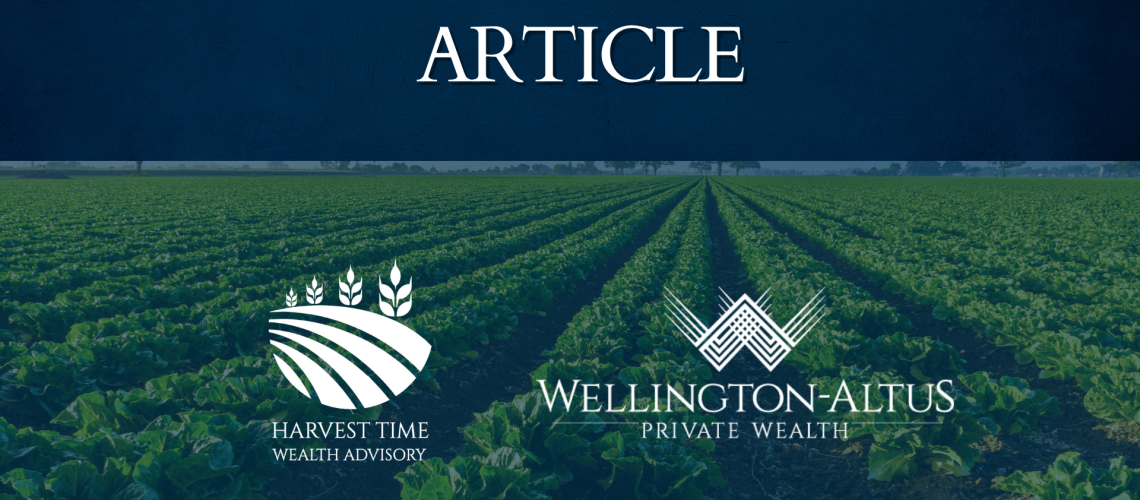Recent market volatility is a reminder that equity markets are inherently cyclical by nature. At the start of the year, the Wall Street Journal profiled investors who used leverage alongside an investment thesis of “buy and hope”— a fortuitous approach during bull market times — only to experience an awakening once markets changed their course.1 Many of these investors had never experienced a bear market and were convinced that the good times would continue indefinitely.
As investors, we will never be able to predict what happens to the markets in the short term, but we should always be prepared to endure down periods. This is why having an investment plan plays an important role in investing. It’s worth a reminder: your investment plan has been put in place to help manage risks and work towards your long-term financial goals in spite of the inevitable market ups and downs.
As part of this plan, it is always helpful to review your current risk position before finding yourself in more difficult times. Do you have the discipline to stick with your investment plan when times become more challenging?
Practically speaking, reviewing your portfolio, as well as your investment plan, during less stressful market periods is ideal because it means that there is less associated emotion. When we feel unprepared, we may react hastily by making decisions that aren’t in our best interests. One extreme example would be selling all of your stocks and holding cash. While a seemingly conservative approach, it isn’t one that is practical or recommended for most investors — capital gains tax considerations are one reason why this may not be an optimal solution but, more prominently, there is the significant opportunity loss when the equity markets eventually reverse their course. And, yet, this was the chosen path for those investors profiled in the Wall Street Journal article as the markets turned in 2022.
As investors, we must accept that the stock markets inherently come with risk — without risk, there would be no associated returns — and, instead, manage these risks accordingly. As advisors, one of the ways we manage risk is through your portfolio’s asset allocation: the strategic distribution of your portfolio’s assets among different types of investments, such as stocks, bonds, cash and other asset classes. Your portfolio’s asset allocation should reflect your risk tolerance, but may also be dependent on other things, such as stage of life or income needs. From a high level, your willingness to take on risk is reflected by the allocation between equities and fixed[1]income investments. While asset allocation is often discussed using percentages between major asset classes, understanding the dollar impact is one way to frame potential risk.
Consider the following: If you currently have a $1,000,000 portfolio with a 70/30 asset allocation between equities and fixed income, would you feel comfortable seeing the current $700,000 equity value temporarily fall by 15 percent to $595,000? How about to $400,000? While the last value is considered extreme, markets have experienced this type of volatility more than once in the last 20 years. Down periods are a normal part of investing and should be expected. Generally, market corrections are less pronounced, and there are certain actions we can take to try to prevent substantial portfolio losses at any one time, but every investor should be prepared to accept a reduced portfolio value for an extended period of time. If this temporary outcome is not tolerable, your portfolio allocation should be revisited.
The good news is that even though market volatility can be unsettling and downturns happen from time to time, history has shown that markets eventually change their course. However, one of the hardest parts of investing is trying to focus on the long term, because in order to do so, it requires getting through the inevitable volatility of the short term. Let’s not forget that $1 million invested in the equity market, as represented by the S&P/TSX Composite Index, at the start of the millennium would be worth almost $2.5 million today, despite the dot.com bust, the global financial crisis, the pandemic and everything in between.2 For most investors, longer term returns are the only ones that matter.
If you would like to discuss asset allocation and risk management as it relates to your current portfolio, please call.
1. https://www.wsj.com/articles/the-retreat-of-the-amateur-investors-11675486817;
2. S&P/TSX Composite Index with no dividends reinvested between 12/31/99 and 1/31/23.






